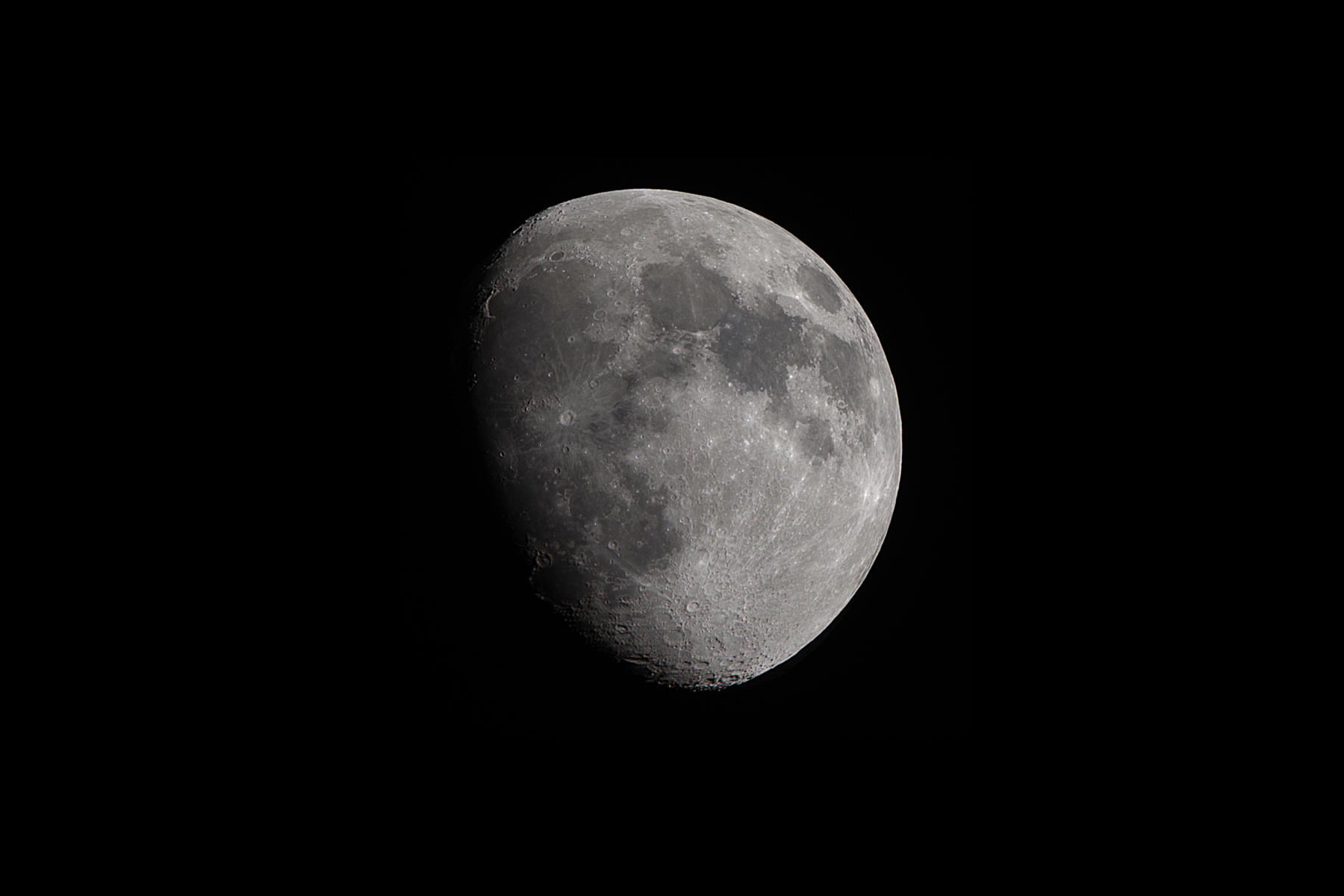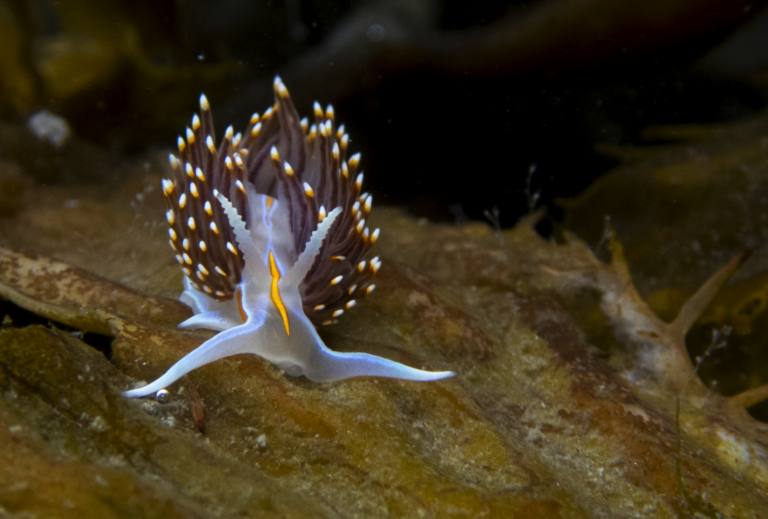You’ve seen my byline for my photography, a quotation from local Californian author John Steinbeck:
It is advisable to look from the tide pool to the stars and then back to the tide pool again.
As you can see in my galleries – I work from the range of about 3-5 millimeters (such as the smallest nudibranchs) to hundreds or thousands of light years away (such as my images of galaxies and star clusters), and everywhere in between.
It takes a lot of practice and refining technique for each of those shots – patience and problem-solving along the way, too. I like to share my techniques in individual posts. How to hunt nudibranch by dockfouling for example, and using everyday equipment for astrophotography.
Photographers like to say equipment doesn’t matter. That is true — it’s how you use the camera that makes all the difference. But we can’t ignore that some images just aren’t possible without the right body, lenses, filters and even software.
For example… I couldn’t easily go snorkeling with my hefty Nikon DSLR and expect the same images I can get with my compact, waterproof Olympus camera.
So here’s a rundown of the equipment I use everyday, and some equivalents you could use. All links below lead to Amazon, and for anything you purchase I get a small percentage to keep this website and hobby going. Here we go …
Olympus TG-6 Tough Camera (Waterpoof)
This camera is widely lauded by divers and all underwater photographers, and highly respected after consistent improvements throughout the years.
With its macro mode, you can get within centimeters from your subject. Sure, it takes AMAZING portrait and landscape photos too, and can handle a real beating. But it’s the supermacro that sets this camera apart. In my underwater gallery, most of the nudibranchs are 1-5 centimeters in length. ‘Nuff said.
Olympus FD-1 Waterproof Flash Diffuser
This accessory for the Olympus TG line of cameras is crucial for lighting when you’re hoping for close up shots, especially macro.
It simply clips on straight to my Olympus TG-6, has no mechanical parts and is waterproof, and directs the flash from the camera body to the circle around the lens. This casts a softer light around all of the subject. Don’t buy the TG-6 without it.
Nikon d5300 Crop Sensor DSLR
I’ve used DSLRs before this model – but, this was my game-changer. And it’s still sought-after by knowing photographers, as it offers a few more perks than a typical crop-sensor DSLR.
And while it’s a great everyday camera … this is also a knockout astrophotography camera. It allows for using the bulb setting, meaning you can get exposures over 30 seconds. It can also easily be modified for astro work. It’s a no brainer until you decide to graduate to a dedicated astro camera.
Nikon D750 Full Frame DSLR Camera
When I upgraded from a crop sensor (the Nikon D5300) to a full frame camera, I was astounded at how much more capable this camera was in framing the images that I really wanted to capture. I technically use the Nikon D610, but the D750 is a recent upgrade and the 610 is increasingly harder to find.
With a greater range in ISO and more manual features, this is a great entry-level full frame camera if you’re ready to graduate from consumer level crop sensor DSLRs. I still use it regularly.
More coming soon…

